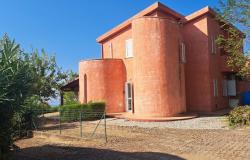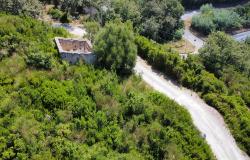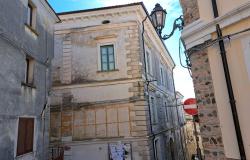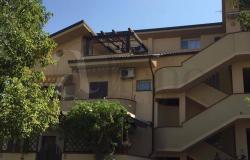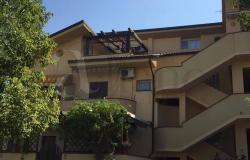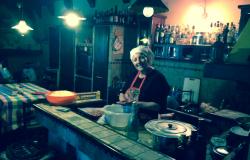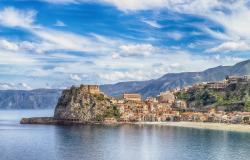Italy is full of surprises, with many places of interest still overlooked by the main tourist itineraries, yet offering much historic and artistic charm.
One such place is Altomonte, in Calabria, a picturesque borgo (part of the “Borghi più belli d’Italia” circuit) sitting on a promontory 450 meters above sea level. This is the kind of place that should be savored slowly, and following is a suggested itinerary.
Start your visit at the Castle of Norman origins dating to the 12th century: expanded and restored by its various landowners throughout time, it has more or less maintained its original structure and now houses a hotel, restaurant and convention center (just imagine sleeping there!).
From Piazza Coppola, take via Paladino to Piazza Tommaso Campanella. Here is the Church of the Madonna della Consolazione, the best example of Gothic-Angevin art in Calabria. Located in the highest part of the village, it provides a panoramic view over the Esaro valley. Noble and austere, it features a magnificent portal, a rose window and an elegant mullioned window on the massive bell tower.
The Angevin style, with references to Norman and Suevian-Cistercian traditions, is particularly noticeable inside, especially in the nave, whose fascination lies in the sense of simplicity, almost emptiness, that it exudes. Notable works of art are the Funerary Monument to the Unknown Knight and the imposing Sepulchre of the Sangineto Family in the apse, built around 1360 possibly by Maestro Durazzesco, following the Neapolitan artistic tradition of the time.
The count Filippo Sangineto enlarged the church in 1342 and dedicated it to the Madonna della Consolazione (Virgin of Consolation).
Adjoining the church is the Dominican Monastery that now houses the Civic Museum, where important works of art are preserved.
On the piazza is a monument dedicated to Tommaso Campanella (hence the name of the square), the philosopher from Stilo (Reggio Calabria), who stayed at the Dominican Monastery, built around 1440, and Palazzo Pancaro, one of Altomonte’s oldest noble residences, dating from the 16th century.
Take your time to stroll along the narrow alleys and staircases, admiring historic buildings, such the Norman tower-house of the Pallotta Family, the Church of Consolation, the recently restored Church of St. James the Apostle, probably of Byzantine origin, featuring a Baroque interior. It is thought that the first settlement spread from around the church and the maze of alleyways and dead end streets point to an Arabic origin.

